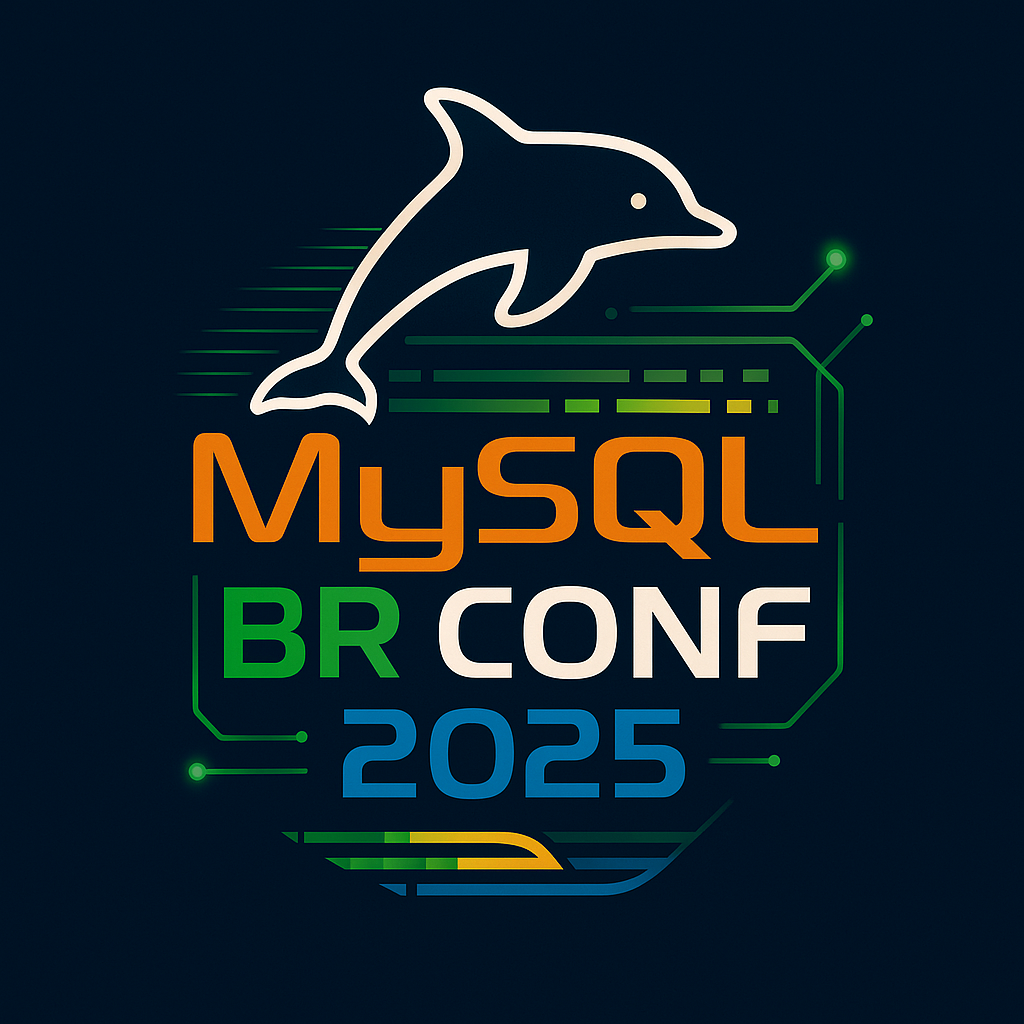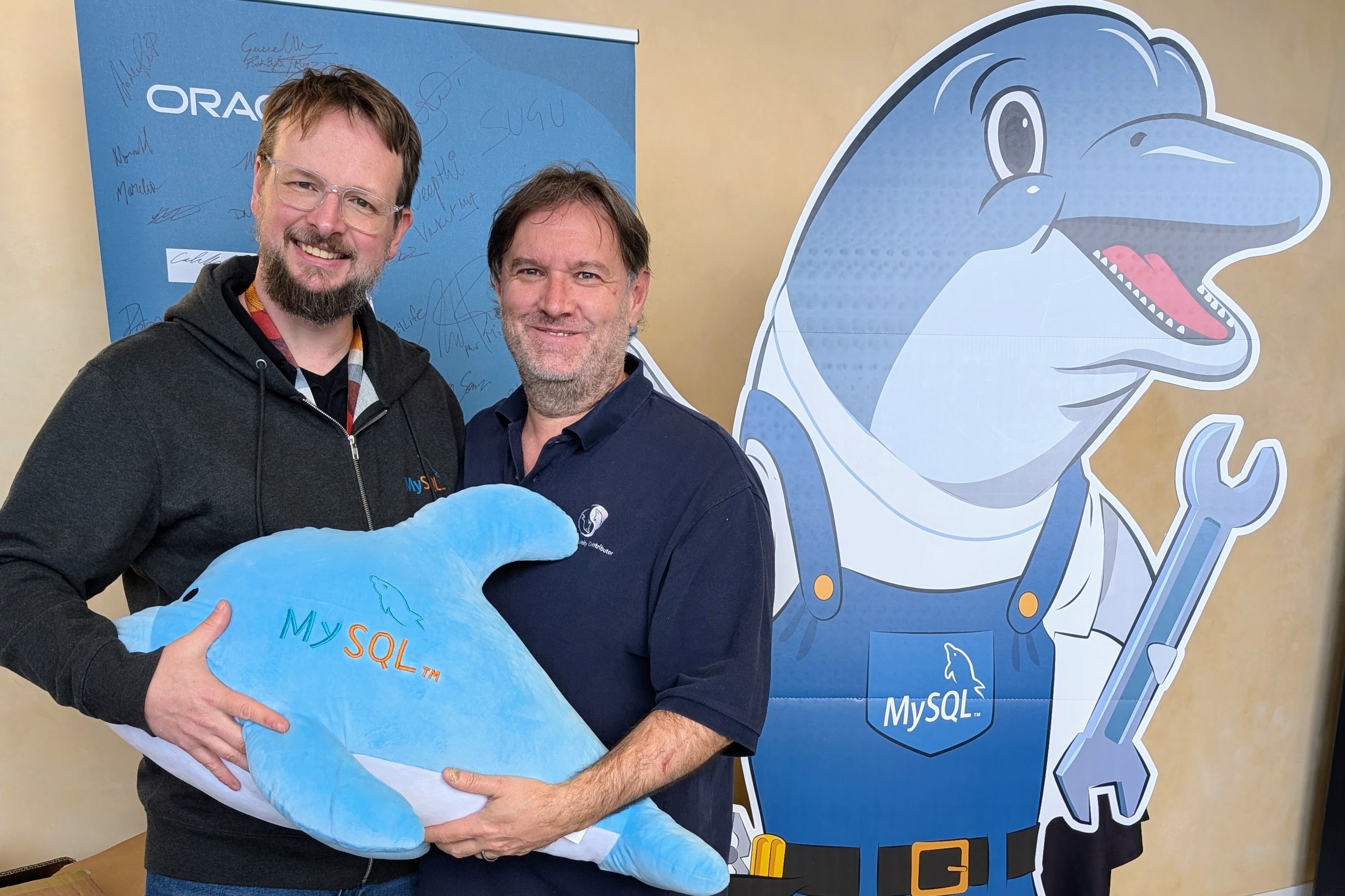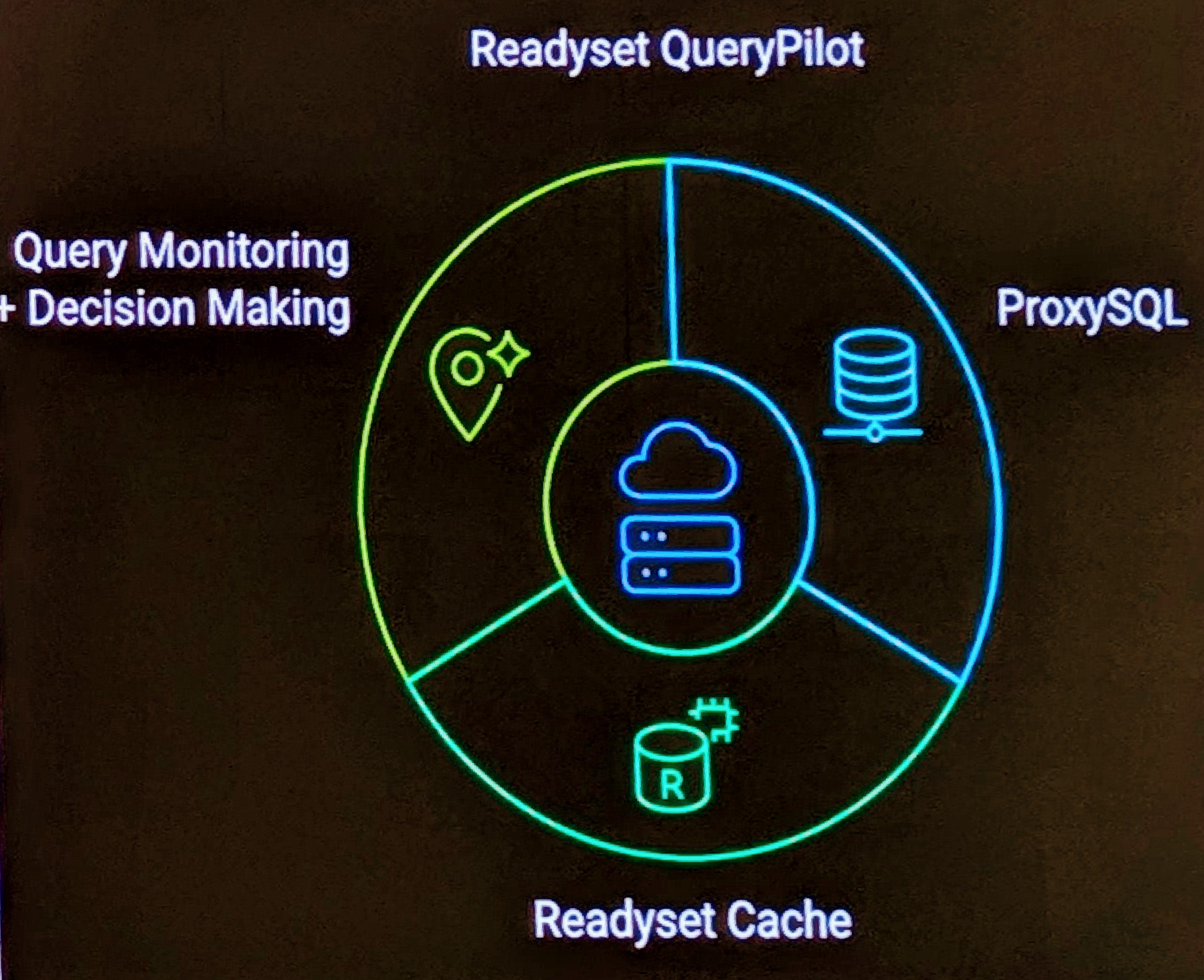In order to rsync files between two servers in an automated sense, you need to setup an appropiate SSH key between both the source and destination servers.
Destination Server
$ cd
$ mkdir .ssh
$ chmod 700 .ssh
Source Server
$ cd
$ mkdir .ssh
$ chmod 700 .ssh
$ ssh-keygen -t rsa
Enter file in which to save the key (/home/user/.ssh/id_rsa):
Enter passphrase (empty for no passphrase):
Enter same passphrase again:
Your identification has been saved in /home/user/.ssh/id_rsa.
Your public key has been saved in /home/userch/.ssh/id_rsa.pub.
$ scp id_rsa.pub user@destination.server
:.ssh
Destination Server
$ cd .ssh
$ cat id_rsa.pub » authorized_keys
$ chmod 600 authorized_keys
Source Server
$ ssh user@destination.server
Should it not work, and you are prompted with password the ‘-v’ option may provide some more information to diagnose the problem.


